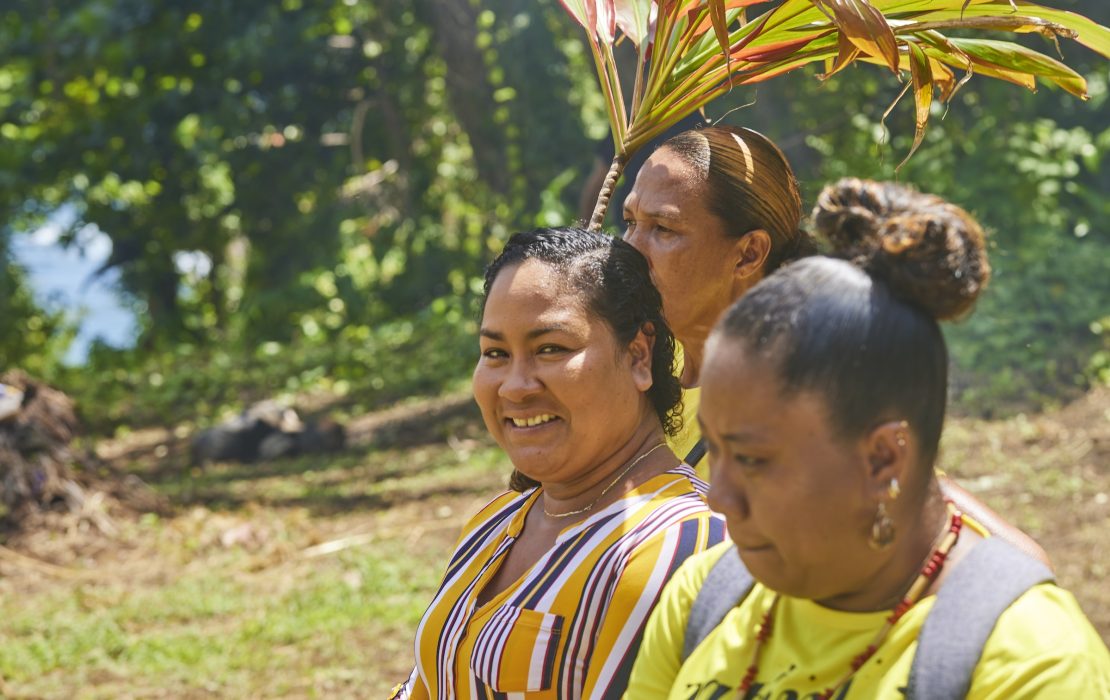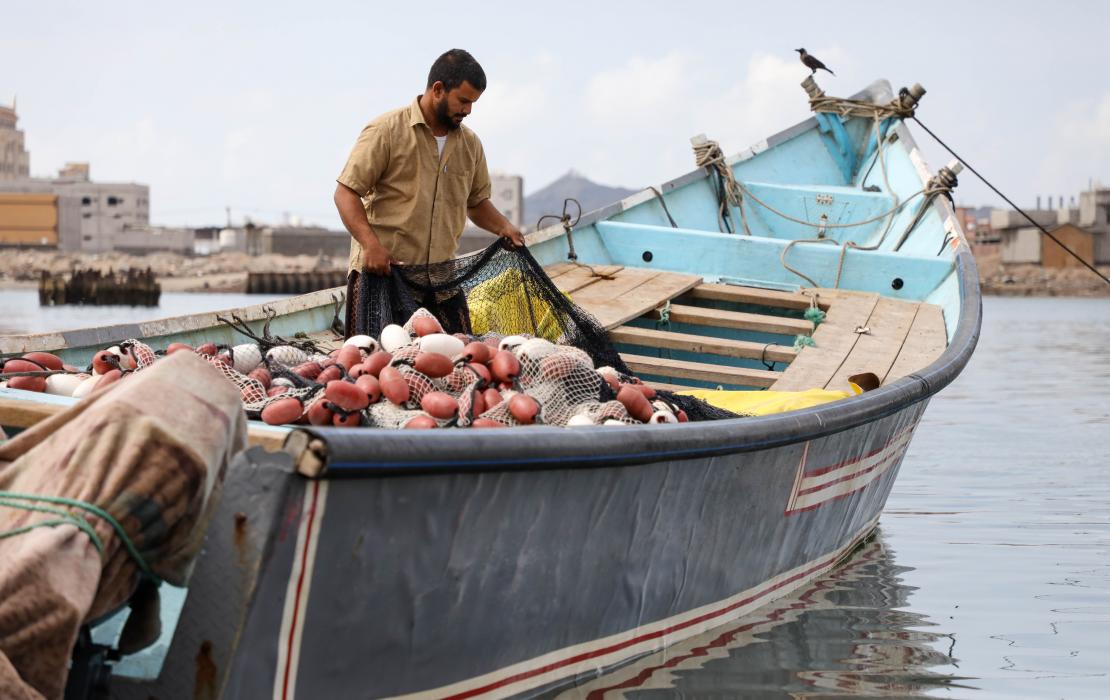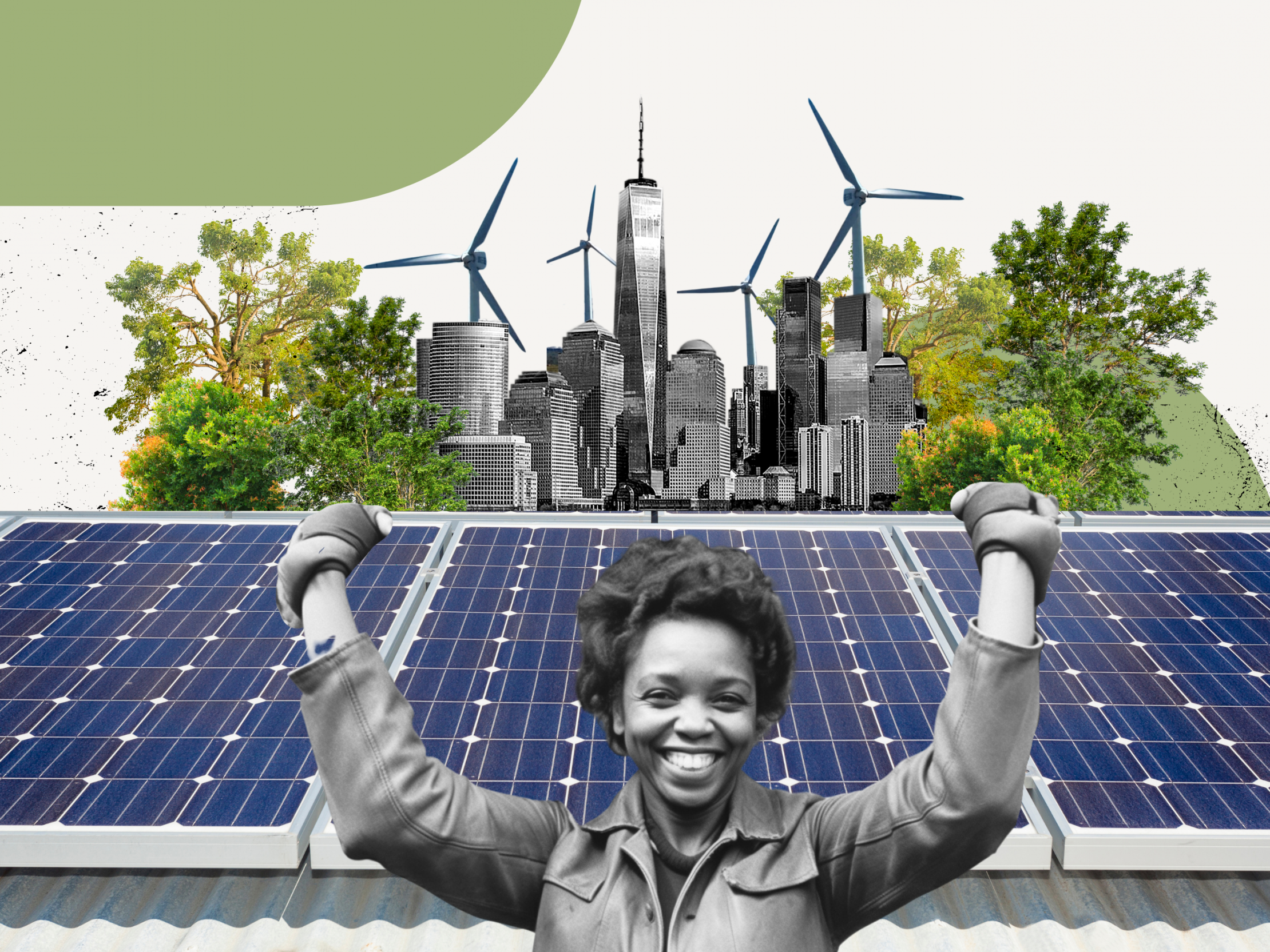
Summary
- Nationally Determined Contributions, or NDCs, are countries’ self-defined national climate pledges under the Paris Agreement, detailing what they will do to help meet the global goal to pursue 1.5°C, adapt to climate impacts and ensure sufficient finance to support these efforts.
- NDCs represent short- to medium-term plans and are required to be updated every five years with increasingly higher ambition, based on each country’s capabilities and capacities.
- Concrete progress is already being made towards achievement of the Paris Agreement, particularly in developing countries. For example, pledges from African countries are more robust than the global average in terms of explaining how targets will be achieved.
- NDCs represent politically backed commitments by countries. If used right, they could be our way out of tackling the world’s current crises – not just the climate crisis, but other systemic problems like biodiversity loss and energy security as well.
What are Nationally Determined Contributions and where do they come from?
The Paris Agreement changed the face of climate action.
The legally binding international treaty, which was adopted in 2015 by all 196 Parties to the UN Climate Convention in Paris, established universal global goals endorsed by all countries. Primarily, this includes ensuring global average temperature rise is held well below 2°C above pre-industrial levels and pursuing efforts to limit the increase to 1.5°C. It also includes an aim to increase the ability to adapt to climate impacts, and make finance flows consistent with country needs to achieve these goals.
The Paris Agreement reflected a major change in international climate negotiations, creating a universal, country-driven approach to achieve collective climate goals, while also creating a framework for transparent monitoring and reporting of global progress.
One of the primary instruments for achieving the Paris Agreement goals is Nationally Determined Contributions (also known as NDCs). These are the national climate pledges that each Party is required to develop that articulate how they will contribute to reducing greenhouse gas (GHG) emissions and adapting to impacts.
NDCs represent short- to medium-term targets and typically include measures for both adaptation and mitigation action and are required to be updated every five years. Each update is required to be more “ambitious”, thus having more stringent targets and helping the world get closer to 1.5°C.
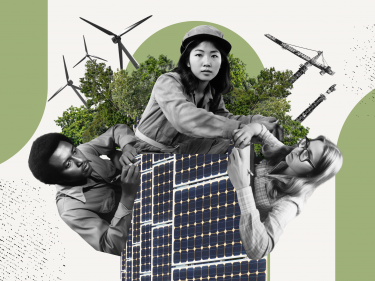
©UNDP Climate Promise
What can I expect to find in a country's NDC?
In their NDCs, countries provide a projected analysis of both climate risks and impacts. They also outline their plans to reduce emissions from the greenhouse gases causing climate change. NDCs specifically include countries' commitments to reducing these emissions and adapting to these climate impacts with either quantitative or qualitative targets, timelines, and a set of actions across priority sectors, such as energy, transport, agriculture, health, water, infrastructure, tourism, and much more.
Most countries have also included estimated budgets for achieving their climate goals, with many developing countries indicating the need for external financial support to implement some or all of their actions when they lack the necessary domestic resources. Technology transfer and capacity building support are also often requested by developing countries.
When targets are dependent on external financial support, these are marked as “conditional” targets. The targets a country can achieve without external financial support are referred to as “unconditional”.
Do NDCs matter?
The short answer is that yes, NDCs do matter. A lot, in fact.
First, NDCs matter because they reinforce the global goals agreed under the Paris Agreement and show exactly what each country is committing to reach these goals. They show us how much each Party aims to reduce their GHG emissions, by when, and which actions they will implement to get there. Taken collectively, NDCs can also demonstrate how close (or far) the world is to meeting our collective climate goals.
Next, NDCs are significant because they represent politically-supported plans for investing in crucial areas that have the potential not only to meet climate goals but also to power sustainable development. For example, 100 percent of NDCs supported by UNDP's Climate Promise have energy targets or policies, 90 percent cover the agriculture sector. Meeting these targets then not only addresses the climate crisis but can also help meet development priorities – like access to energy or food security.
As a result, NDCs can help governments to prioritize actions across all sectors and align their policies and legislation with climate objectives. For example, both Uganda and Nigeria enacted National Climate Change Acts in 2021, giving force of law to the Paris Agreement and their NDC.
Third, NDCs are universal. They are required by all countries – both developed and developing – and have been endorsed at the highest-level of governments. So, if used right, they could serve as our pathway to addressing the current crises facing the world – not just the climate crisis, but also rising energy and food prices, insecurity and instability, migration, the Covid-19 pandemic and so on.

Photo: Jamil Akhtar, UNDP Pakistan
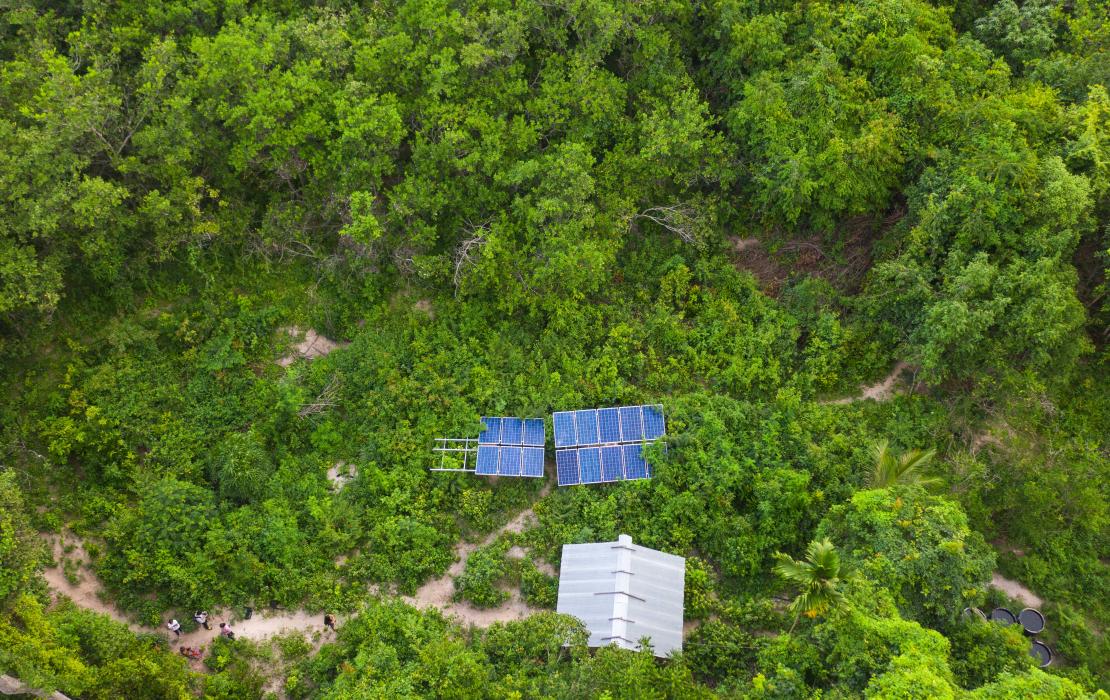
Photo: UNDP Cambodia
What is the “ratchet mechanism”?
NDCs are meant to be updated over time. A key principle of the Paris Agreement is that countries would “ratchet up” their plans – that is, increase their efforts every five years to reflect their “highest possible ambition” of each Party. Ultimately, these revised and updated NDCs would mark stepping-stones on a pathway towards net-zero by 2050.
The first generation of NDCs were part of the initial adoption of the Paris Agreement in 2015. The second generation represents the initial update, which was due in 2020.
We already see the ratchet mechanism working. The first generation of NDCs reflected an aggregate reduction in the average global temperature target to 3.7 degrees Celsius. In contrast, the second generation of NDCs brought this down to 2.7 degrees Celsius. Although it is not enough to fully meet the goals outlined in the Paris Agreement, it signifies a step in the right direction.
Is the world doing enough on NDCs?
The short answer is that developing countries are doing a lot, including the most vulnerable, and further support is needed to continue this momentum and ensure all countries can effectively achieve their NDC targets.
Extensive analysis has been generated through UNDP’s Climate Promise, supporting 85 percent of all developing countries on their NDC processes. Our analysis shows that as of April 2023, 93 percent of countries supported by our initiative to revise and submit second-generation NDCs raised mitigation ambition, or intend to do so, while 93 percent are also incorporating stronger adaptation goals.
Based on this data, we can conclude that developing and vulnerable nations are making concrete progress on ambition. For example, pledges from African countries are more robust than the global average, with stronger commitments to climate resilience, a rise in transparency efforts, and new trends emerging like just transition. Meanwhile, NDCs submitted by Latin American and Caribbean countries demonstrated high levels of stakeholder ownership and inclusivity, compared to global averages (95% vs 82% in 2022).
Developing countries are actively taking measures to accelerate the implementation of their NDCs. They are developing integrated climate solutions that can be scaled up to achieve higher levels of ambition, including nature-based solutions, circular economy practices, and integrated water resource management approaches. These countries are also actively involving the private sector and pioneering the implementation of carbon market instruments.
However, the overarching challenge of attracting investments remains. More must be done to bring in private sector finance, integrate NDC targets into national budgets, and put in place policies and regulations that will further incentivise investment into climate action.
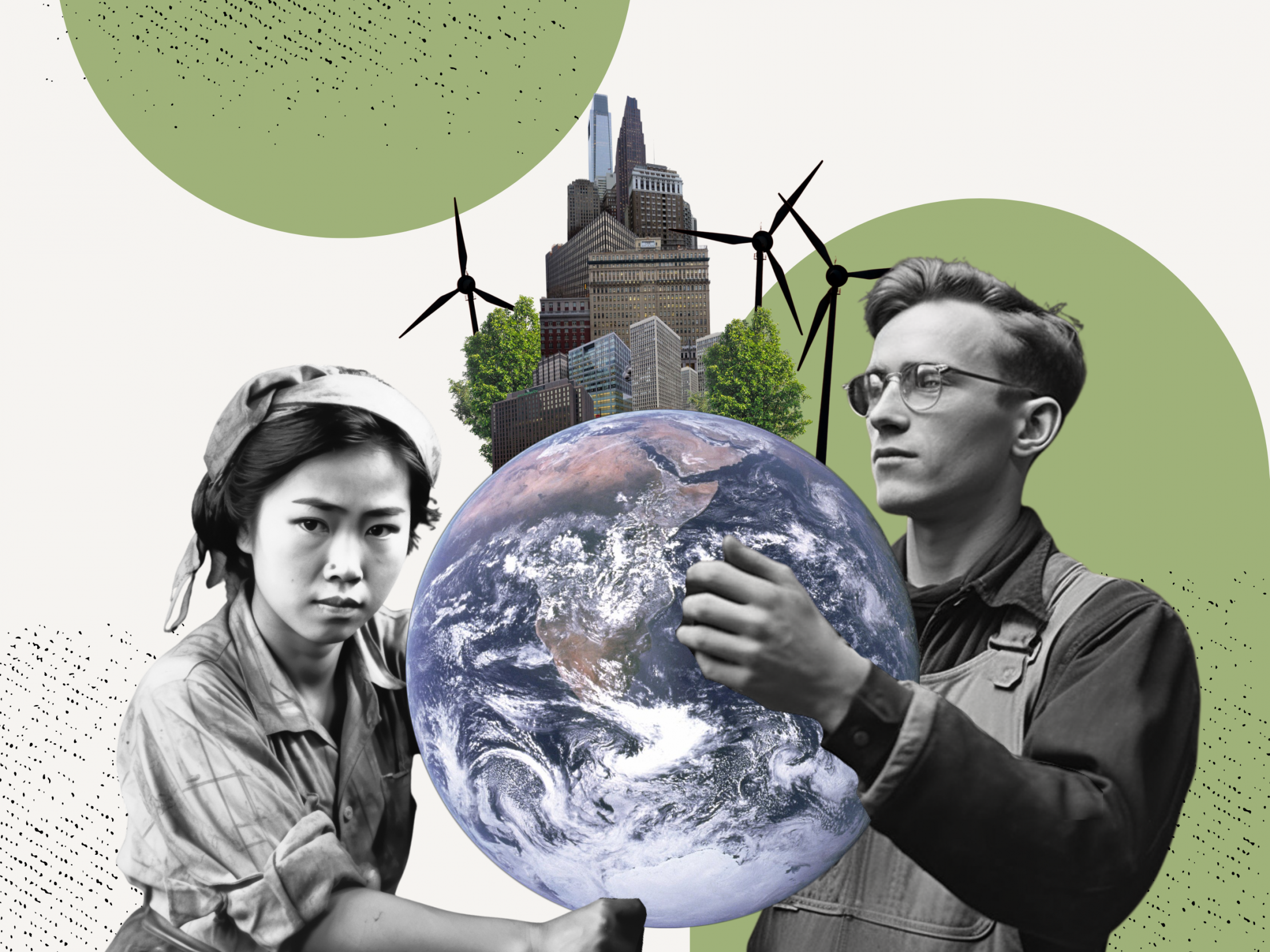
©UNDP Climate Promise
How can I know if my country is making progress on its climate goals?
The UNFCCC website has a database that displays which countries have submitted their NDCs and when.
At the same time, UNDP's Climate Promise plays a crucial role in tracking current NDC data trends and regularly providing up-to-date information and analysis on progress made towards the goals of the Paris Agreement. We provide a summary of NDCs of countries we support here, along with analyses of specific regions and groups.
A publication from UNDP released in 2021 entitled The State of Climate Ambition, as well as accompanying Regional Snapshots (2022) explore trends on NDC submission, ambition and quality status globally. These analyses also assess progress on key systems and architecture for NDC implementation.
UNDP also regularly highlights countries’ climate achievements to reflect the change and progress happening on the ground, and inspire action towards a sustainable future. This includes solutions on circular economy in the Philippines, decarbonization in the Western Balkans, low-emissions transport in Latin America and the Caribbean and localizing climate action in Côte d’Ivoire.
Under the Paris Agreement, all countries are required to track their actions and progress in reaching their climate goals. For example, Uganda has developed a user-friendly tracking tool to inform and report on how the country’s targets have been achieved.
What are the next steps for the Paris Agreement and NDCs?
The years to come will continue to be critical for climate action.
At COP28, the world will witness the finalization and consideration of the Global Stocktake (GST), which has been a 2-year long process to gather, compile and synthesize information on where the world is on achieving the Paris Agreement goals. The result will be consideration for the first-ever comprehensive assessment of the progress made since the adoption of the Paris Agreement. This assessment, while providing a global snapshot, will be a game changer in understanding where we collectively are, what is already being done, and what still needs to happen to reach our global goals. It will also help to inform the next round of countries' submission of updated and more ambitious NDCs – which is due by 2025. The GST is a major milestone in our collective effort to tackle climate change and signals the opportunity for a renewed commitment to taking action towards a sustainable future.
How can I do my part for the NDCs?
Each one of us has a role to play in realizing climate action. Although NDCs may appear vast and connected to intricate global mechanisms, ultimately they consist of concrete actions undertaken by various sectors and communities, working together to achieve specific goals.
There are numerous opportunities to participate around the globe. In Kenya, authorities are calling for the engagement of all to join the National Tree Growing and Restoration Campaign aimed at meeting the country’s climate goals. In Georgia, a Climathon was organized to increase climate awareness and civil society organizations are now promoting innovative approaches among local communities. In Peru, the Ministry of Environment launched a citizen awareness campaign to encourage organizations to measure, verify and reduce their carbon footprint.
In addition to governmental campaigns and initiatives, climate movements led by indigenous activists and young people have led the way in demanding action for climate justice and a net-zero emission future. If you want to take part in these processes, here are some suggestions from our side:
- Become an advocate. Stay informed about the latest developments and, if you feel up for it, become an advocate for climate action. Educate yourself and help get people around you informed and involved. In the lead up to the release of the Global Stocktake, join the conversation and contribute to the Paris Agreement. Check out here for events already planned or create your own local stocktake event.
- Amplify voices. Look up and follow climate scientists and climate and indigenous advocates, particularly in countries and communities that are most at risk and help amplify their voices. Join their causes, and share their content with your networks.
- Petition your elected officials. Remember that governments are accountable for climate actions and their NDCs, and it is your right to demand more action from them.
You can find more ideas in our Climate Advocacy Toolkit, which is available in six languages.
UNDP's Climate Promise is the world's largest offer of support to countries on NDC processes, supporting 85% of all developing countries to both define and revise their pledges, and turn them into concrete action.

©UNDP Climate Promise




